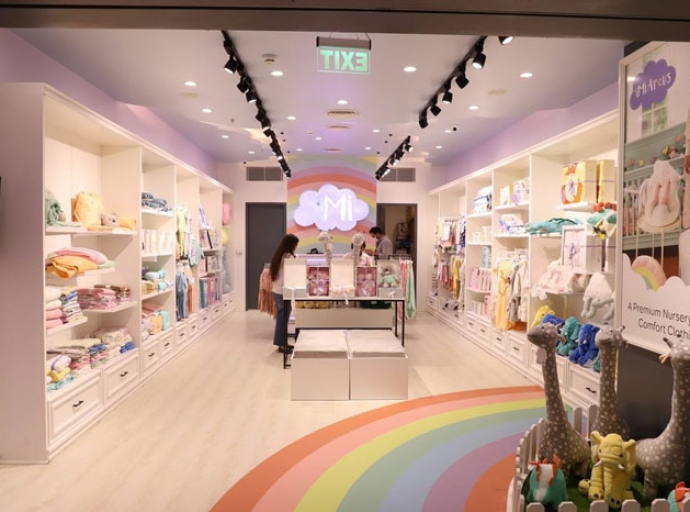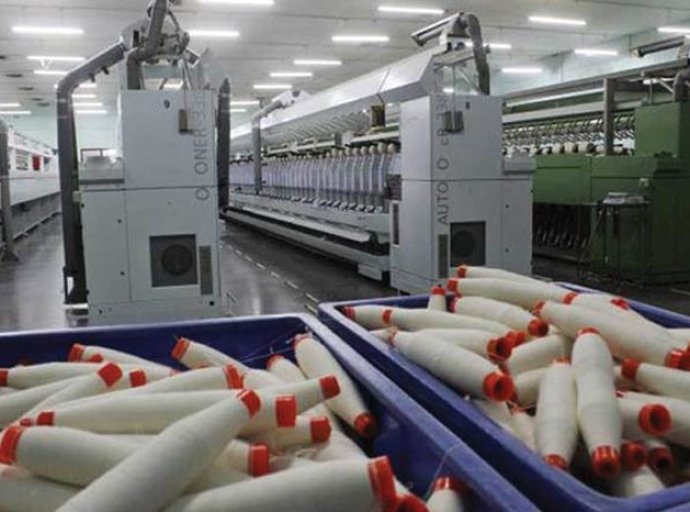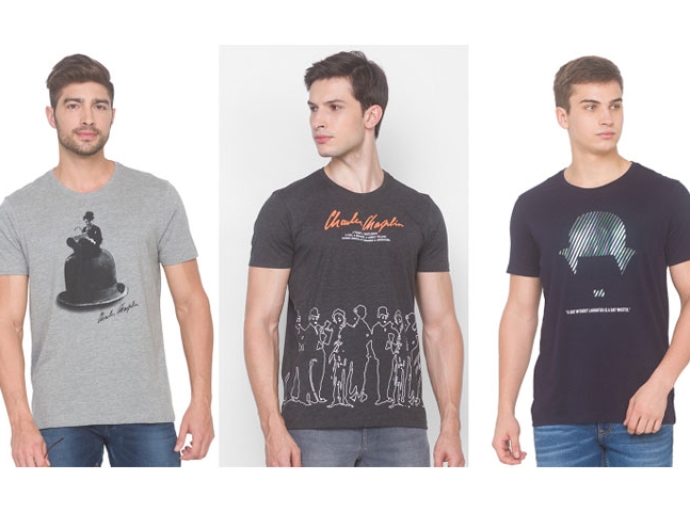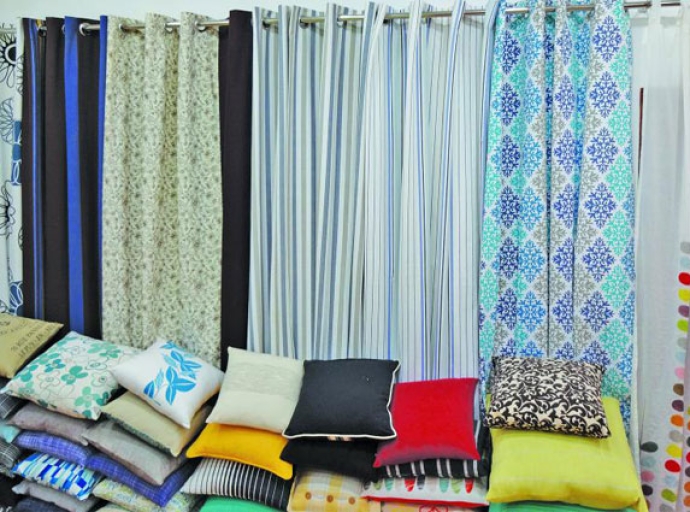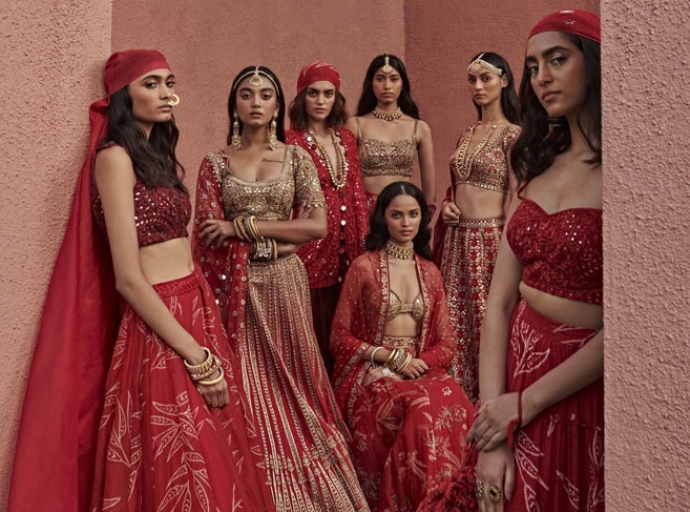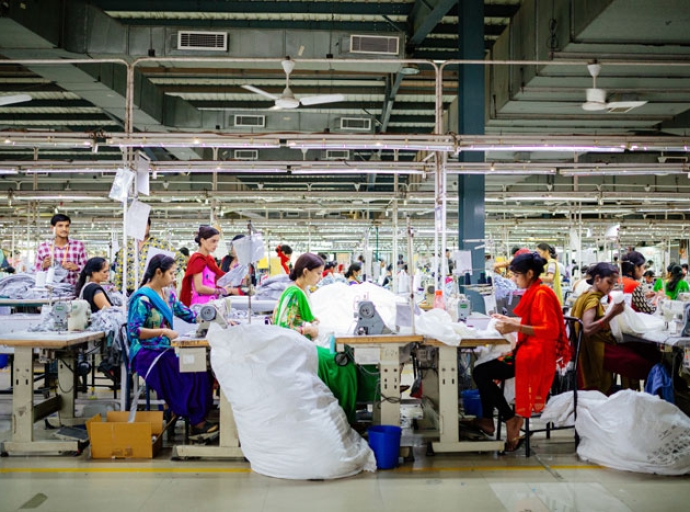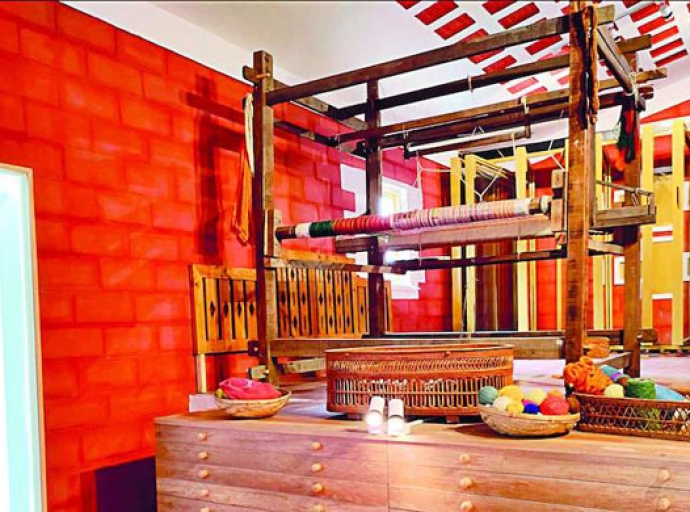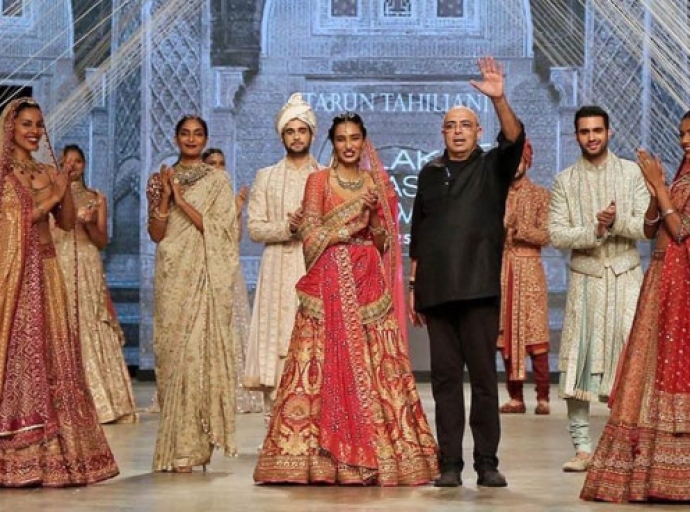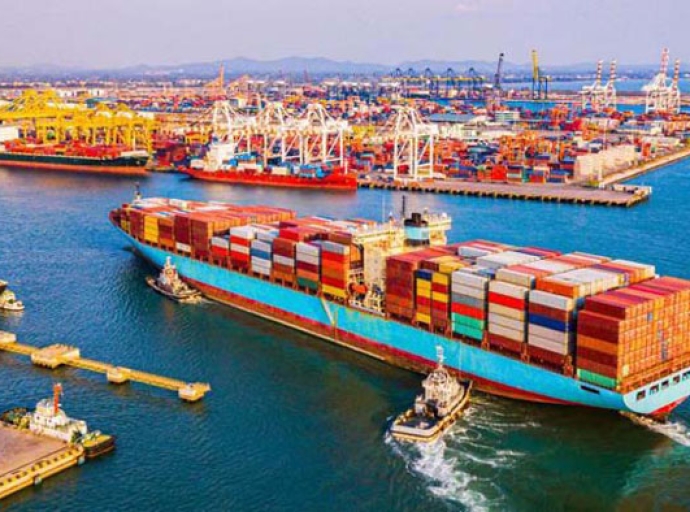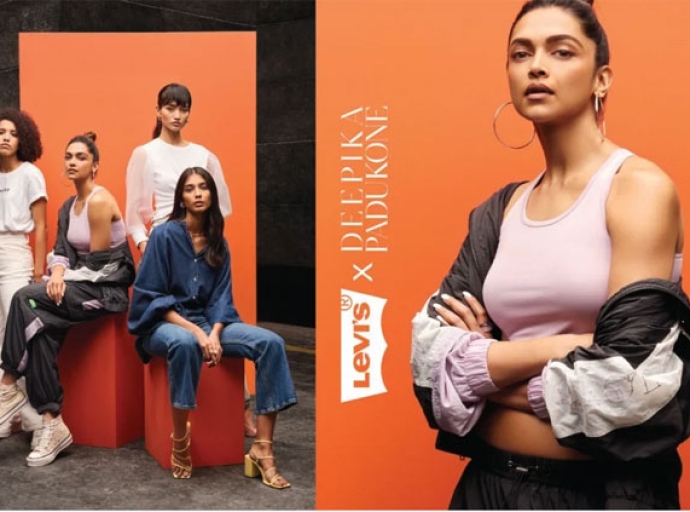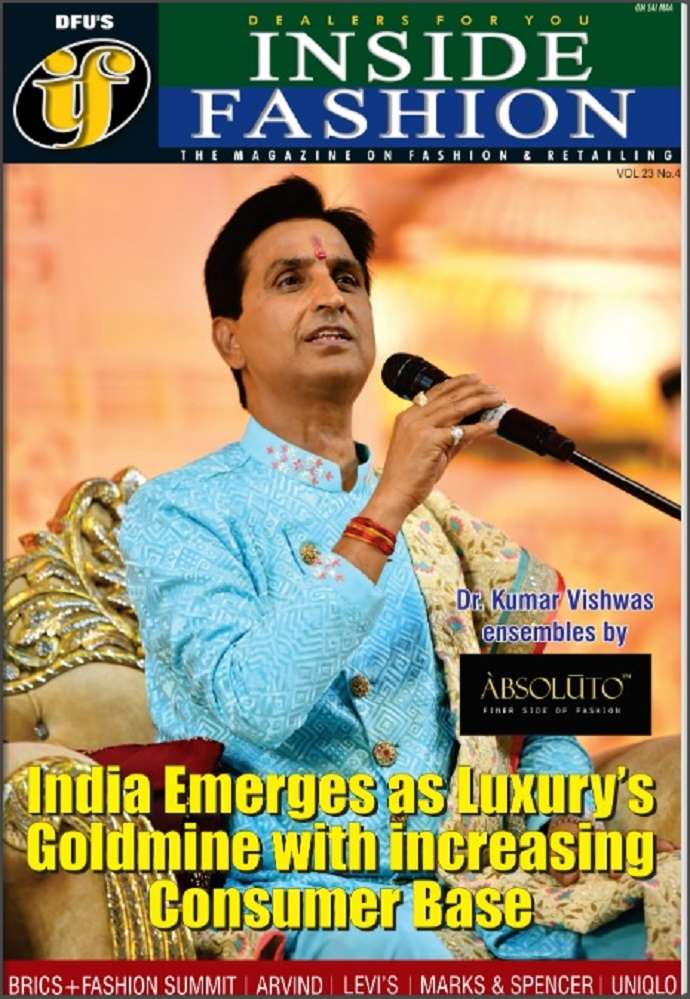07 October 2021, Mumbai:
Considered the finest textiles of the world, Khadi represents true Indian luxury, says Prasad Bidapa, Fashion and Textile Curator. However, over the years, the fabric has lost its shine as young Indians are increasingly attracted by machine-made textiles.
To lure youth back to Khadi, Bidapa launched a project called ‘Rajasthan Heritage Week’ in collaboration with the state government, reports The Times of India. The project aimed to make Khadi and handloom fashionable again. It reinvented the fabric with new designs and styles.
Even now, many young Indian designers like Anushe Pirani are engaged in giving the handcraft fabric a contemporary twist. Pirani uses the fabric to make summer suits. Designer Yadvi Aggarwal, Owner, Yavi, uses Khadi to experiment with new dyeing and printing techniques.
Known as the common man’s fabric, Khadi can easily transform into a modern luxury fabric, says Anita Chandramohan, Owner, Madder Much. It can be complimented with new and intricate designs. However, accessing weavers can prove challenging for brands alongwith the challenges faced due to the high cost of sampling and designing.
Lack of awareness amongst youngsters
Another challenge faced by most Khadi brands is the lack of awareness about the fabric among Indian consumers, says Sujata Keshavan, Founder, Varana, a London-based brand catering to high-end global market. She feels brands need to be educated on the relevance and importance of handwoven textiles in general and Khadi in particular.
Meanwhile Khadi is getting a big push institutionally. Being rustic in texture and with a great ability to absorb moisture, the fabric can be used to create formless garments that are gaining popularity these days. Designer Shruti Sancheti credits this to designers responsible for reviving Khadi in the last two decades. Sancheti herself uses a lot of fresh colors and motifs and better thread counts to create modern, agile and youth-friendly garments.
Misuse of Khadi trademark
In India, the Khadi trademark is owned by the Khadi & Village Industries Commision (KVIC). The commission registered the trademark in three more countries-Bhutan, UAE and Mexico in July 2021. It was earlier registered in six countries including Germany, UK, Australia, Russia, China, and EU.
Aggarwal believes, KVIC’s new marketing strategies limit the growth of the fabric. The commission is known to have sued many designers for using the word ‘Khadi’ to describe their collection. The term Khadi is a generic word describing a handwoven or handspun fabric, she adds.
Keshavan too feels, the term is often misused by Indian designers. They describe their collections as being made from ‘PonduruKhadi ‘or ‘Phulia Khadi,’ which makes it difficult to trace their origins. Sancheti advises the industry to introduce regulations n to maintain quality.
Finding favor with luxury consumers
A premium fabric, Khadi can be transformed into a super luxurious premium fabric with effective promotions, says Aggarwal. For this, KVIC needs to hold a consultative session with designers and implement their suggestions.
To elevate its appeal amongst luxury consumers, designs need to be modernized and refined, adds Keshavan. For a more sustainable future, Indian designers need appreciate traditional handweaving techniques. They need to celebrate Khadi as one of India’s finest fabrics, adds Bidapa.

TOP 5:
1. Flipkart, an Indian e-commerce company, collaborates with PUMA on the ‘1DER' line, which features batsman KL Rahul
2. Consumers will determine growth of sustainable fashion e-comm in India
3. Myntra to offer 1 mn styles from about 7,000 brands at the 'Big Fashion Festival'
4. Maharashtra government honors VIP as 'Best Innerwear Brand' for 2021-22
5. Nike strengthens retail presences with new store at DLF Mall of India,Noida
Return to homepage

